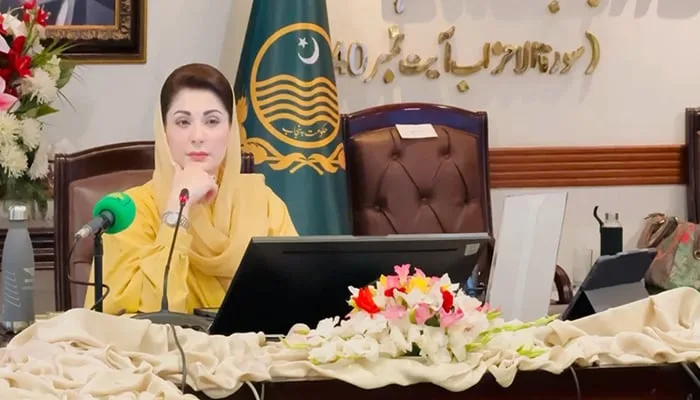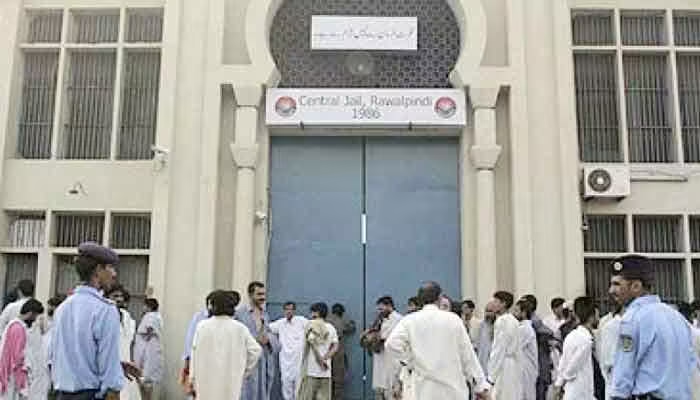The Punjab Cabinet has approved what is being touted as the largest tax-free budget in the history of the province. This momentous decision came during a cabinet meeting chaired by Chief Minister Punjab Maryam Nawaz. The budget, totaling 5446 billion rupees, was formally approved and signed by the Chief Minister for the financial year 2024-2025.
Key Highlights of the Budget
Taxation:
A notable feature of this budget is the absence of new taxes and the decision not to increase the rates of existing taxes. This strategic move aims to foster economic growth and provide relief to the citizens of Punjab. The provincial government plans to increase its revenue by 53% through financial sources without imposing additional tax burdens on the populace. The revenue target for the current year has been ambitiously set at 960 billion rupees, up from last year’s target of 625 billion rupees.
Salaries and Wages:
In a significant move to support provincial employees, the budget includes a salary increase of 20 to 25 percent. Additionally, pensions will see a 15 percent hike. The minimum wage in the province is proposed to rise from 32,000 to 37,000 rupees. These measures are designed to improve the living standards of government employees and retirees, providing them with financial stability in the face of rising living costs.
Development Programs:
The budget outlines substantial allocations for various development programs aimed at improving infrastructure and public services. Key allocations include:
- Lahore Redevelopment Authority: 35 billion rupees have been earmarked to support redevelopment initiatives in Lahore.
- Murree Development: 5 billion rupees have been allocated for development projects in Murree, a popular tourist destination.
- Chief Minister District Development Program: 80 billion rupees have been approved to fund district-level development projects across the province.
- Green Tractor Program: 30 billion rupees have been set aside for the Chief Minister’s Green Tractor Program, aimed at supporting the agricultural sector by providing farmers with modern agricultural machinery.
- Livestock and Agriculture Support: The budget allocates 2 billion rupees each for the Livestock Card and the Himmat and Nighaban cards, initiatives designed to support livestock farmers and promote sustainable agricultural practices.
Financial Strategy
The Punjab government’s approach to increasing revenue without imposing new taxes involves leveraging existing financial sources more effectively. This strategy is expected to enhance the province’s fiscal capacity while maintaining a tax-friendly environment for businesses and residents. By focusing on efficient revenue collection and management, the government aims to fund its ambitious development agenda and public welfare programs.
Commitment to Public Welfare
Chief Minister Maryam Nawaz has emphasized that the budget reflects the provincial government’s commitment to public welfare and sustainable development. The substantial increases in salaries and pensions, along with the proposed rise in the minimum wage, are part of a broader effort to ensure economic stability and improve the quality of life for the citizens of Punjab.
The development programs funded by this budget are expected to have a transformative impact on the province’s infrastructure and public services. By prioritizing redevelopment projects, agricultural support, and district-level development, the government aims to create a more balanced and equitable growth trajectory for Punjab.
The approval of the 5446 billion rupee budget by the Punjab Cabinet marks a significant milestone in the province’s fiscal policy. With a focus on increasing revenue without imposing new taxes, the budget is designed to foster economic growth and provide substantial relief to the citizens of Punjab. The strategic allocations for development programs, salary increases, and public welfare initiatives underscore the government’s commitment to sustainable development and improving the quality of life for all residents.
As the budget is implemented, it is expected to drive significant progress in various sectors, from infrastructure to agriculture, and set a new benchmark for fiscal management and public service in the province. The Punjab government’s approach reflects a balanced blend of fiscal prudence and proactive development, aimed at building a prosperous and resilient future for the province.



